Efficiency in creative work
2One key element involved in creative work, which many people strive for, is the ability to improve efficiency. The capability to work faster while retaining quality can be an extremely valuable trait, especially to employers. Although efficiency may not be easily obtained, there are many great ways to boost your effectiveness and productivity when working on projects. I believe that efficiency improvement can be broken down into three pieces. First is the physical efficiency which deals with our actual energy and our ability to accomplish tasks before arriving at exhaustion.
“It’s not the load that breaks you down, it’s the way you carry it.”
Lou Holtz
When it comes to making the most out of our energy, workflows and schedules provide the greatest benefit to creative workers. Constructing a strong workflow allows for a smoother creative process which can save copious amounts of time and help obtain the best possible final product. Making a workflow is an extremely simple task and there are plenty of resources to get one started, but it is important to note that a workflow works best when personalized to suit the way your work so be sure to create a workflow based on your own needs. The basics of a workflow typically involve starting with brainstorming and sketches, then moving along to choosing proper tools and beginning the design. Finally, you will want to end by finishing your project off with any tweaks and buffing.
A workflow is a great tool when it comes to planning out a sequential order of tasks which need to be completed, but the extremely crucial element of time is absent from this device. This is where creating a schedule comes into play when improving efficiency. Combining a workflow with a schedule provides the information for what tasks need to be finished, but also when they need to be finished. When creating a schedule for a project it is important to budget time for everything which needs to be done. Write down a date for when every part of the workflow must be completed and make sure to stick to the schedule once it is created. I have found it especially helpful to add extra time into my schedules where possible in order to stay ahead of deadlines. Be sure to write both down at the start of a project in order to maximize efficiency and avoid time wasted trying to mentally realize a plan halfway through a project.
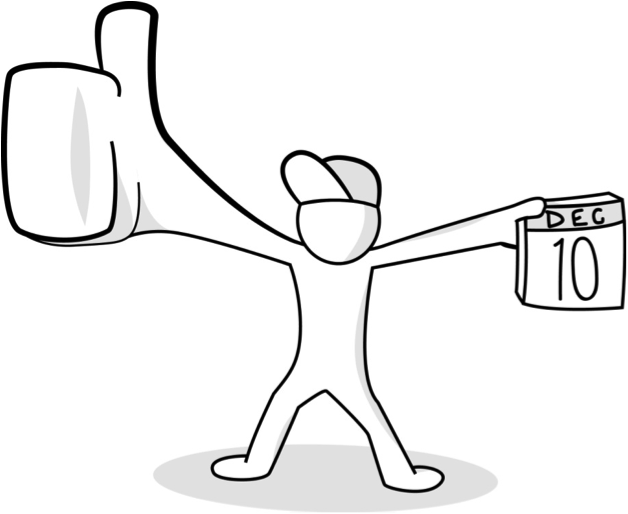
The final step to improve physical efficiency is a combination of learning how to use the tools at our disposal effectively and building your projects to be edited. When it comes to doing creative work, becoming pinned against the software and tools for a job turns into a problem many struggle with. The trick to avoiding such a situation is to spend time learning the ins and outs of tools you use, such as the shortcuts and tricks you may not know of. Taking the time to find as many beneficial tricks in each tool will allow for less technical opposition and more time put towards creating. In the same way, building your designs with the knowledge that you may need to edit them later will provide an efficient way to make changes down the road and could mean the difference between being hired again by an employer.
The next concept for improving efficiency, which is obtaining a mental clarity before starting work on a project, becomes tremendously powerful when united with the physical efficiency ideas. Gaining mental clarity can be a severe struggle in the creative industry due to an overwhelming amount of distractions, both from the internet and everyday life. However, getting rid of these distractions can turn a cluttered unproductive work session into one that may produce your best work. The internet has always been a distraction that diverts attention while working on projects. Although this is hard to avoid, working on self control in order to stay away from the internet can be very beneficial.
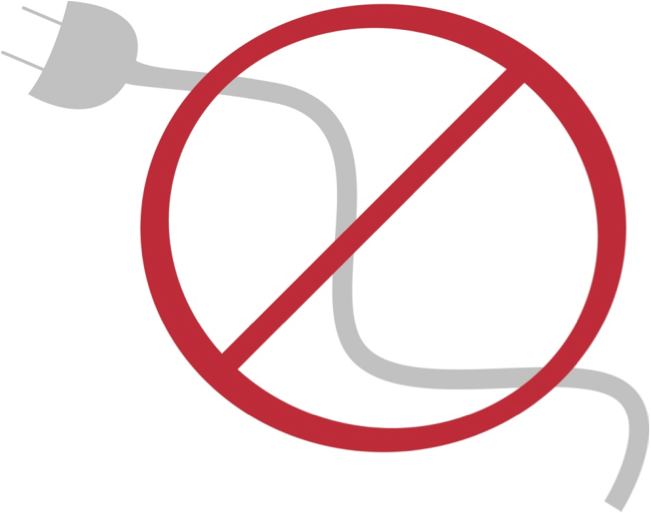
Of course the internet is not the only source for distractions, there are also everyday disruptions that can create a buzzing in our heads and these need to be dealt with differently. The best way I’ve found for clearing out your mind from these other distractions is to do any tasks that may distract you before getting started. This way you won’t have an urge to step away from your project to perform a menial task. Then, if at some point you feel new distractions clouding your mind and hindering your work, take a break to deal with these other things or to relax and refresh. Doing this will greatly increase the effectiveness of the time you spend working.
The final and most significant way to develop stronger efficiency is through motivation. In the past years many studies have been performed in order to learn how to better motivate people since motivation is the key to efficiency. The surprising revelation which these studies uncovered was that money and compensation provided no actual motivation for creative tasks, but instead hindered them. The more I thought about this concept the more I understood it to be true and I started to think about why it is true. I realized that creative tasks require excitement rather than pure mechanical work. The idea of what needs to get done in order to earn a paycheck is nearly useless in order to motivate creativity. Instead, it is the purpose which drives our efficiency to its highest point.
“A champion needs a motivation above and beyond winning.”
Pat Riley
The idea here is that becoming motivated requires an idea larger than just a finished task. Focusing on the way your final product may impact someone or change something is what truly makes our efficiency soar. Next time a job or project comes up, start off by writing out why you want to work on this aside from pay or career advancement. Putting this purpose down in words will be a reminder of what your motivation is and will therefore keep your efficiency at its peak allowing for faster and higher quality works.
Overall, improving efficiency is a great way to grow as a designer. If you have your own ideas about becoming more efficient feel free to share.

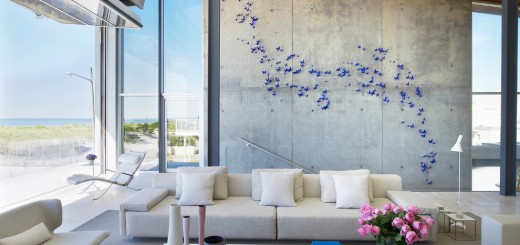
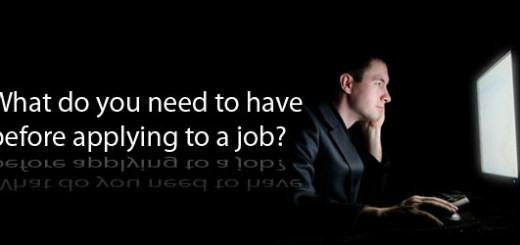
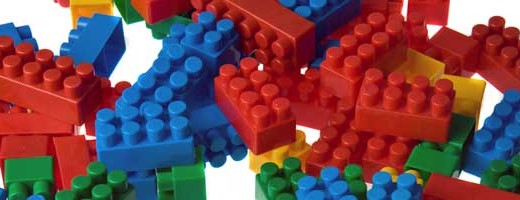
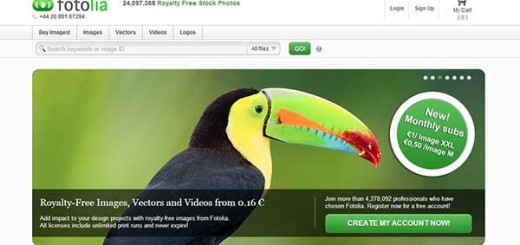
[…] The original post can be found here: Efficiency in creative work […]
Great article on creative work efficiency. I find that keeping a timer and focusing on your work for 1 hour with no disruptions really helps. Make sure to keep your phone on silent so you aren’t constantly distracted.